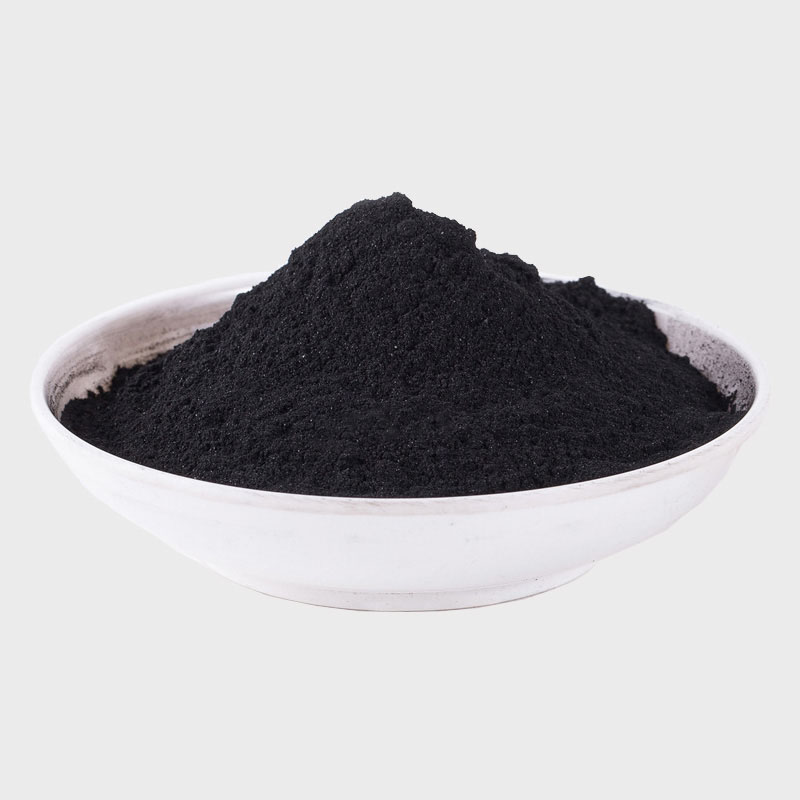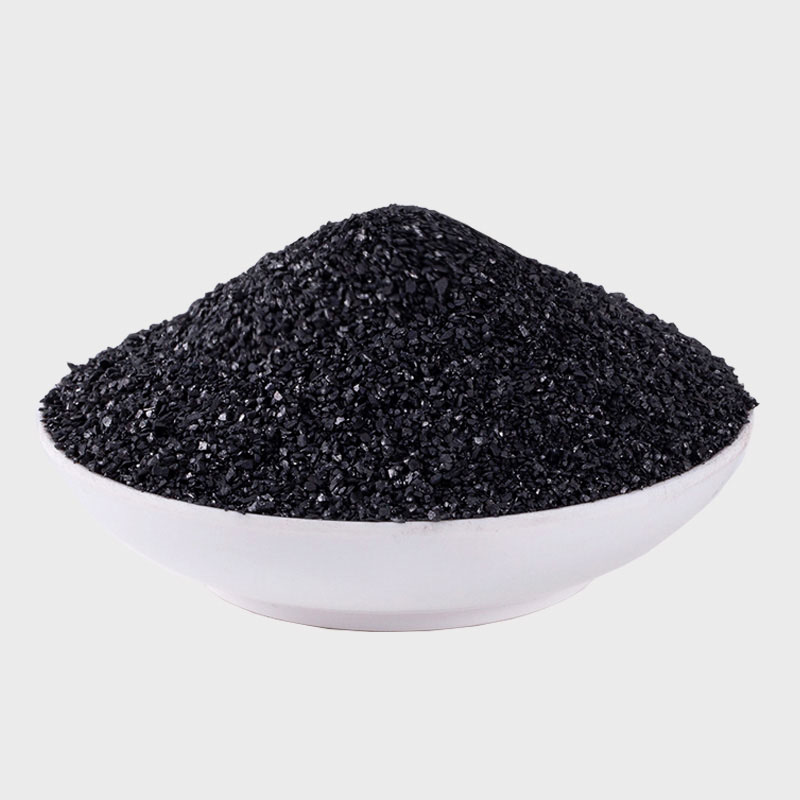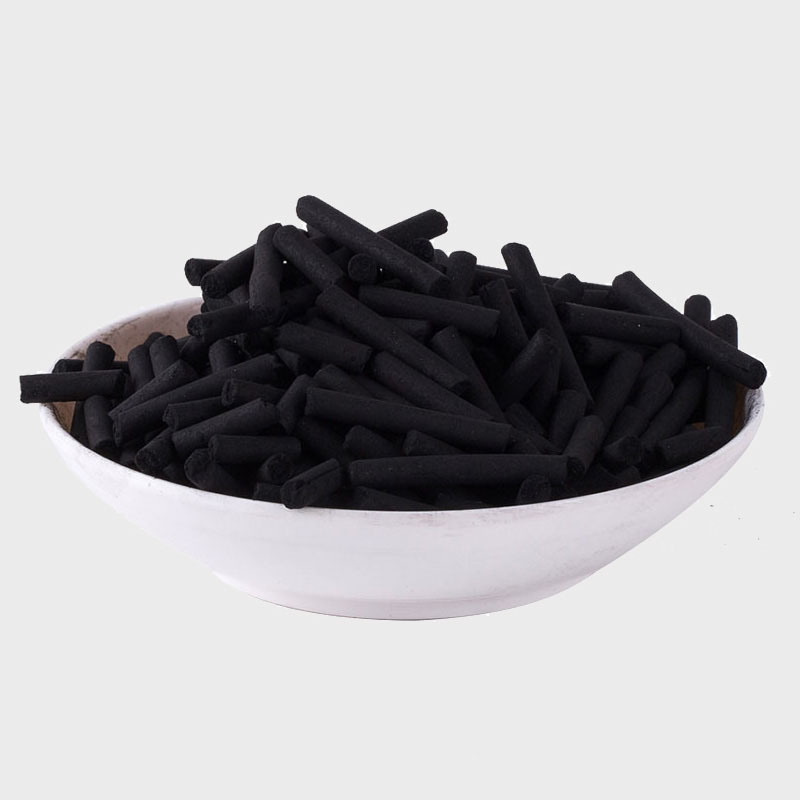Due to the wide variety and diverse uses of coal based activated carbon products, as well as significant differences in quality, it is crucial to conduct physical performance, adsorption performance, and surface structure testing to guide the production and application of coal based activated carbon. At present, in addition to the well-established conventional detection methods, with the continuous deepening of research and development of activated carbon products, new types of activated carbon detection methods for special purposes are also being developed.
At present, China mainly adopts the following testing standards in the production and sales of activated carbon:
GB (National Standard of the People’s Republic of China): “Test Methods for Granular Coal Based Activated Carbon” (GB/T 7702-2008) is a current standard that has been partially revised based on GB/T 7702.1-77022.2-1997. It is mainly used in the fields of gas-phase adsorption and liquid-phase adsorption, including relevant testing methods for the physical properties, adsorption performance, and surface structure of activated carbon.
ASTM (American Society for Testing and Materials): This test method can serve as a global standard for testing activated carbon, and the standard method for determining the adsorption capacity of activated carbon using the liquid isotherm method is the most basic method for removing pollutants and impurities such as surfactants from water. In addition, ASTM standards also include methods for determining water-soluble substances in activated carbon and methods for detecting butane activity and working capacity of activated carbon.
JIS (Japanese Industrial Standards): The current method used is JISK1474-2014, which divides the adsorption capacity of activated carbon into liquid-phase adsorption, gas-phase adsorption, and caramel decolorization tests.
AWWA (American Water Industry Association): including powder and granular activated carbon standards, is a national standard approved by the American National Standards Institute and implemented in 1991. These two standards mainly focus on the detection of activated carbon for water treatment, among which the detection of phenol adsorption value and tannic acid are the two most important indicators. Phenol adsorption value characterizes the ability of activated carbon to remove certain odors and unpleasant odors, while tannic acid is represented by organic compounds from decaying plants entering water. Testing these two indicators is essential for water treatment plants.
In addition, there are some industry standards developed by different industries based on their actual needs.
Due to the increasingly widespread application of activated carbon, new products and technologies continue to emerge. For example, the activated coke products currently used for flue gas desulfurization and denitrification require desulfurization and denitrification performance testing. However, there is no corresponding comprehensive performance testing method in the existing activated carbon testing standards. Therefore, research institutions, manufacturers, and users need to jointly develop corresponding testing methods to evaluate the performance of the product.


